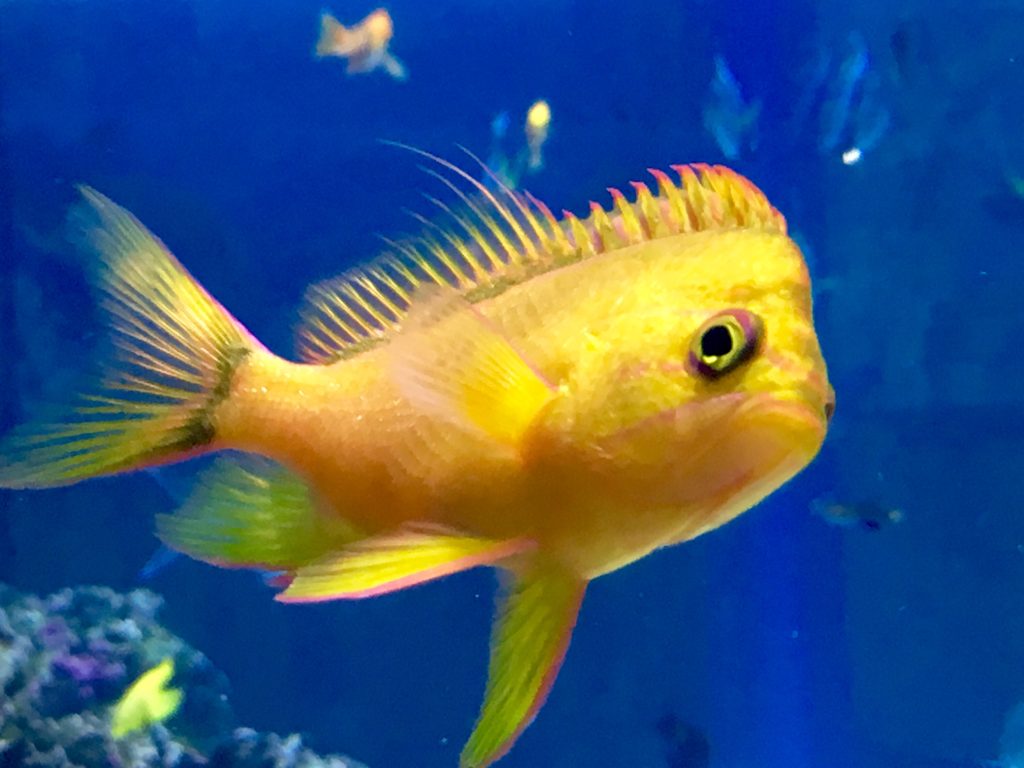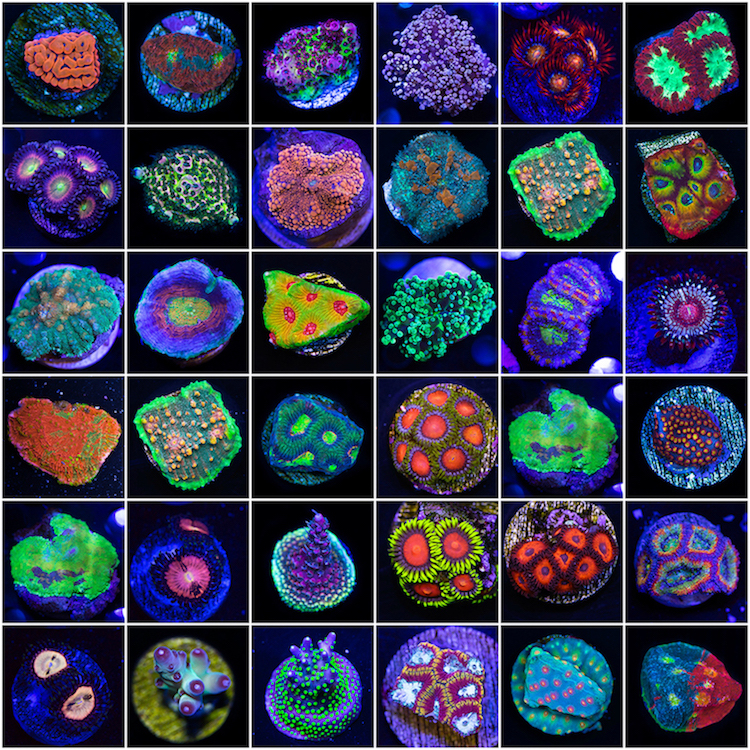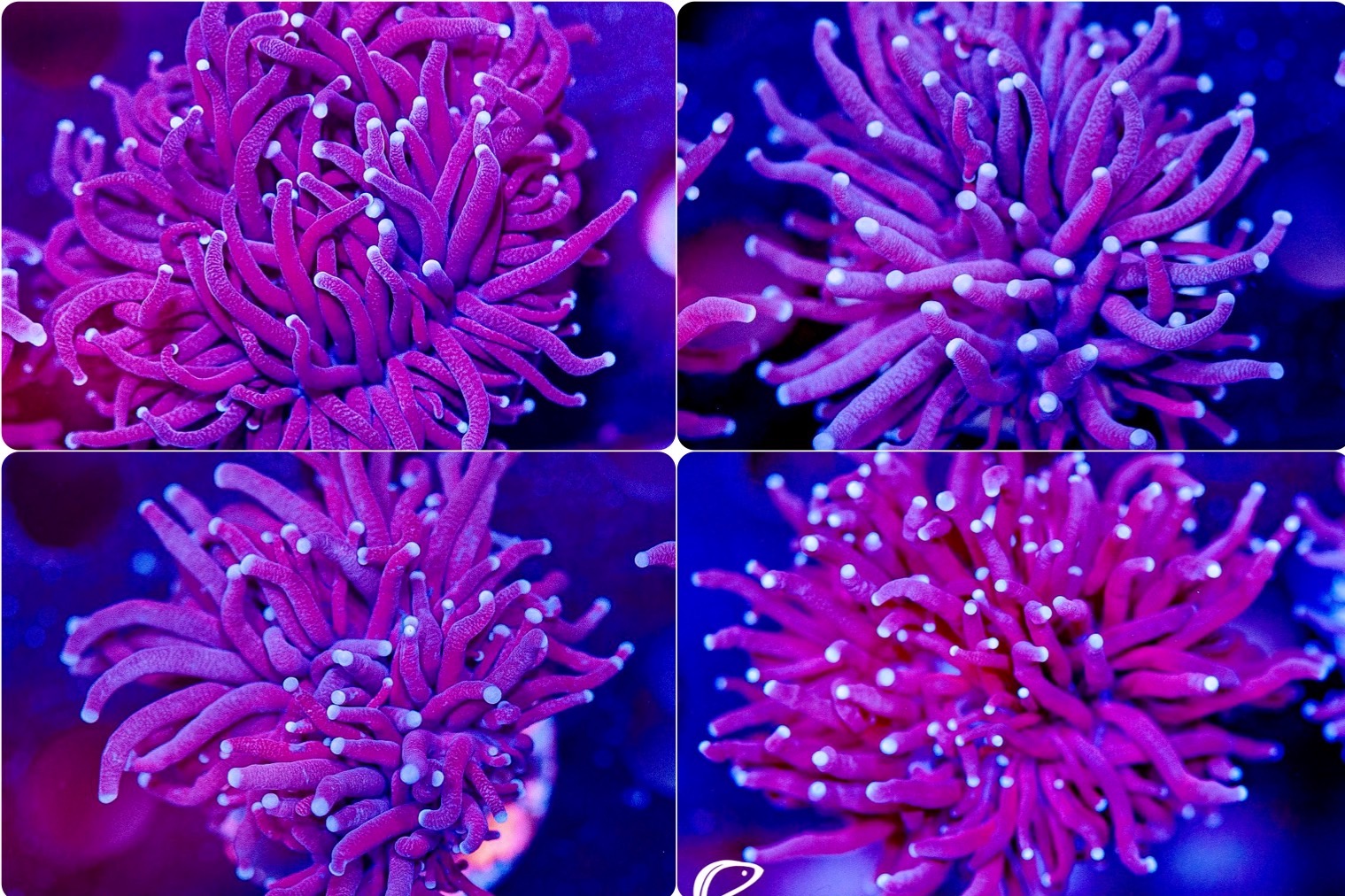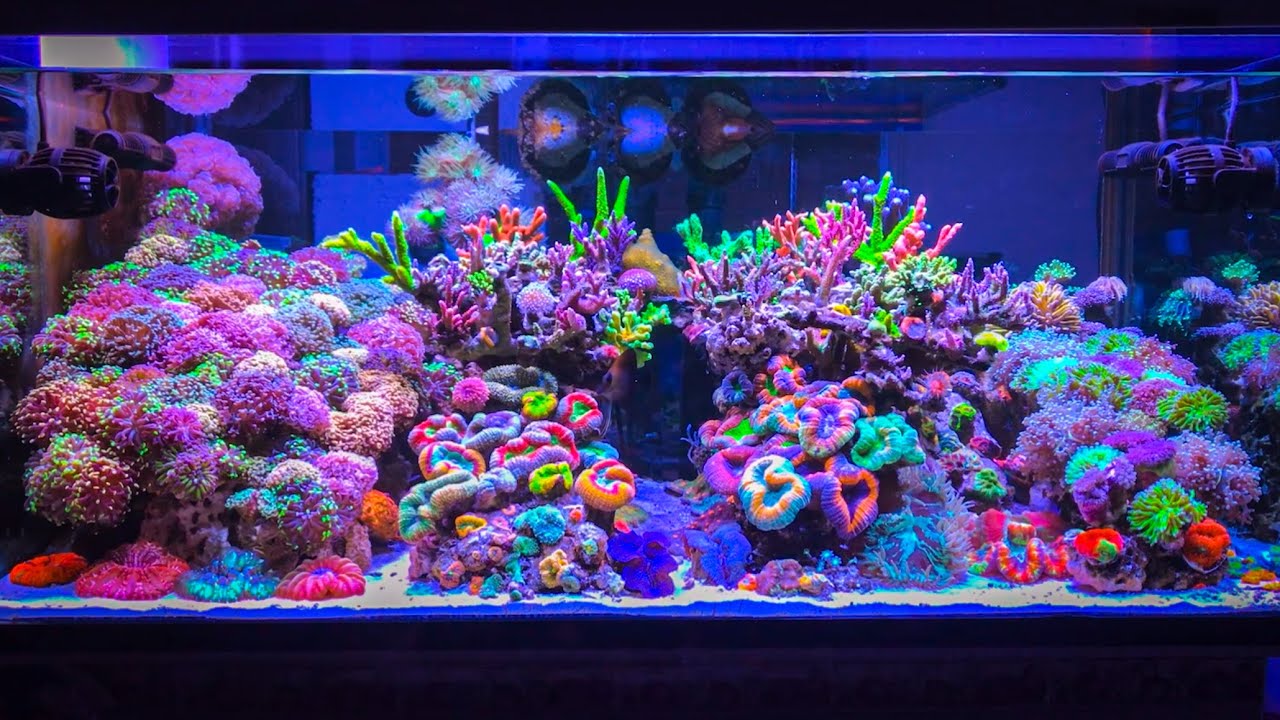“Do not read beauty magazines. They will only make you feel ugly.” These iconic words appeared in the “Wear Sunscreen” address given to graduates in 1997 by Mary Schmich of the Chicago Tribune and were later popularised by Australian film director Baz Luhrmann into a music track. The speech is brilliant, with wise truths about life and how to navigate it. And it was right.
Schmich’s cautionary advice has now long been passed on to readers of magazines filled with models and celebrities possessing age-defying, fat-defying DNA. Worse still was the “airbrushing” used; Longer legs, flawless skin, a crease removed here and there, and you can understand why it is so difficult for teenage girls to accept their appearance, and to love themselves.
Now this phenomenon is happening in fishkeeping too. Like two billion other people I’ve spent the last few years finger-swiping my way through the aquatic content of Facebook and Instagram, and as a fishkeeper, I can now draw many parallels…
Type “#tropicalfish” into Instagram and you don’t get pictures of average, approachable, affordable tropical fish and aquariums. Instead, you get pristine Altum Angelfish, huge Peacock Bass, high-end reef tanks, and immaculate aquascapes. There are no average tanks, only high-end, aquascapes, and the Betta are all the $60 fish, not the $6 fish. #marinefish is the same.
Snakeheads, Arowana, stingrays, platinum morphs, and predator tanks. All gleaming, all cramped and overstocked, and then come the videos of the fish being fed live prey from goldfish to crabs and crayfish, frogs and mice to centipedes and scorpions.

Digital elitism
Due to the way these sites work, the images with the most likes get put in front of even more people where they in turn like them, and the whole thing snowballs into digital elitism. Ugly fish and ugly tanks don’t get a look in. Standard fish and standard tanks don’t get a look in either. Its beauty magazines all over again.
All the #reeftanks glow neon and display not an inch of bare rockwork, covered instead with hundreds of colorful corals. This is the aim, after all, the state of the art, only I know that when I place those corals within 6” of each other they fight. I also know that some of the specimen corals featured sell for hundreds of dollars (or more).
And those tanks are literally filled with them. Fields of high-end named torch corals lined with dozens of Trachyphyllia and master grade Scolymia. I work at a coral wholesaler. I could fill a display tank with 100 Ultra LPS colonies too, but it would be fake.
And where is the algae? Be it reef, aquascape, biotope, there isn’t a spec of algae anywhere in the tanks. Not on the glass, the substrate, or the decor, and no coralline algae, and that makes me very wary. How long have these tanks been set up for, and just how many filters has that image been through? Have you seen the red torch that’s doing the rounds?
Where is the learning? As well as being made to feel inadequate both in terms of the standard of display aquariums featured, and their budgets, I also worry that these ‘mirages’ create demand for these perfect aquariums and fish without any of the usual warnings – Maturation, quarantine, stocking, feeding, health, and maintenance.

“Generational amnesia”
Mark van der Wal described it as “generational amnesia” in a recent episode of Reef Therapy. They do call it Insta after all, but there’s nothing instant about any successful reef tank and you don’t get to drive a Ferrari without having driving lessons and gaining driving experience first. You’ll crash it.
What happens when someone walks into an aquatic store, smartphone in hand, and says I want that, holding an image of a tank filled with tabling Aussie Acropora, or NPS? With thousands of dollars, the right team of people, or years of learning, trial and error you could have that. But without the budget or people, and without two to three years of your own time to invest, and truly dedicate, everything else is a compromise.
Try telling a monied newbie two weeks in to expect six weeks of nuisance algae and that they are the same corals in the pictures, only less colorful because they’re not under so much blue LED, then shot through an orange lens, then filtered with X-Pro II or Lo-Fi.
And that there are no refunds for corals killed through ignorance. Aquatic store staff have to retrospectively manage expectations on a daily basis. And telling a customer they can’t have what they want never ends well.
Digital fishkeeping has now become about entertainment. I woke up to a video of someone being bitten by a Wolffish, Hoplias spp. Held in a small, bare tank, when placing their hand in to annoy the fish it bit their fingers, jumping out and landing on the floor in the process. The camera went again and again to the bleeding fingers, while the fish lay on the floor in the background.

Instagram overload
So I often remove myself from those sites and delete the whole lot, as sometimes they make me feel rubbish about myself and my tanks and even degrades my passion and my fishkeeping DNA. For the many hours I put in every single night I get very little actual learning from it. There aren’t any words after all.
I don’t blame Zuckerberg for it. These are public spaces and if you are a private person, don’t go on them, and don’t engage, or upload information. But I do crave a place like Reef Builders where nice pictures are accompanied by a scientific name and practical information on every aspect of care, costs, and restraints.
Because I want to go back to loving the fish I have, not feeling bad that my fish, tanks, and corals aren’t as good as what seems on the face of it, to be everyone else’s.



